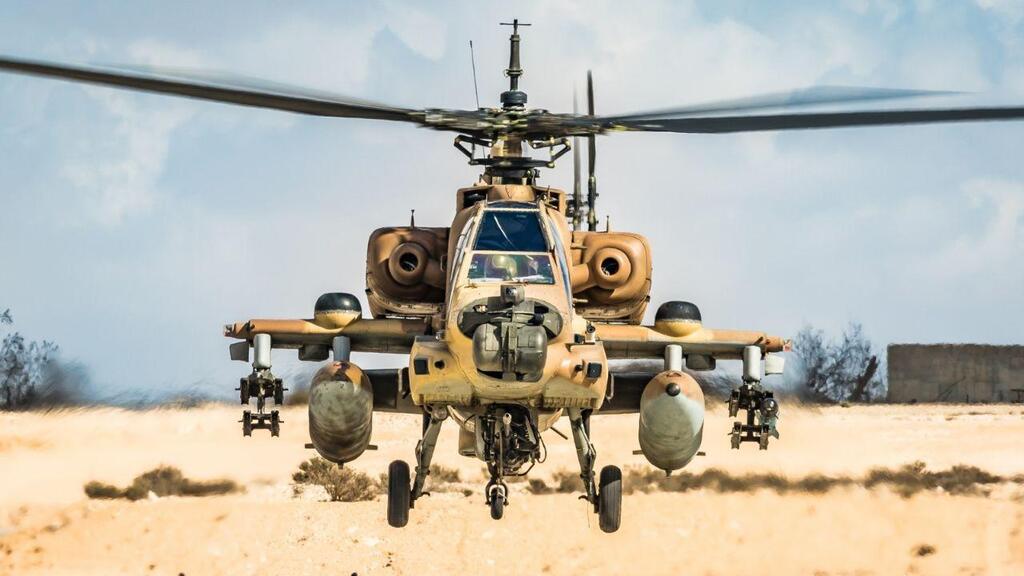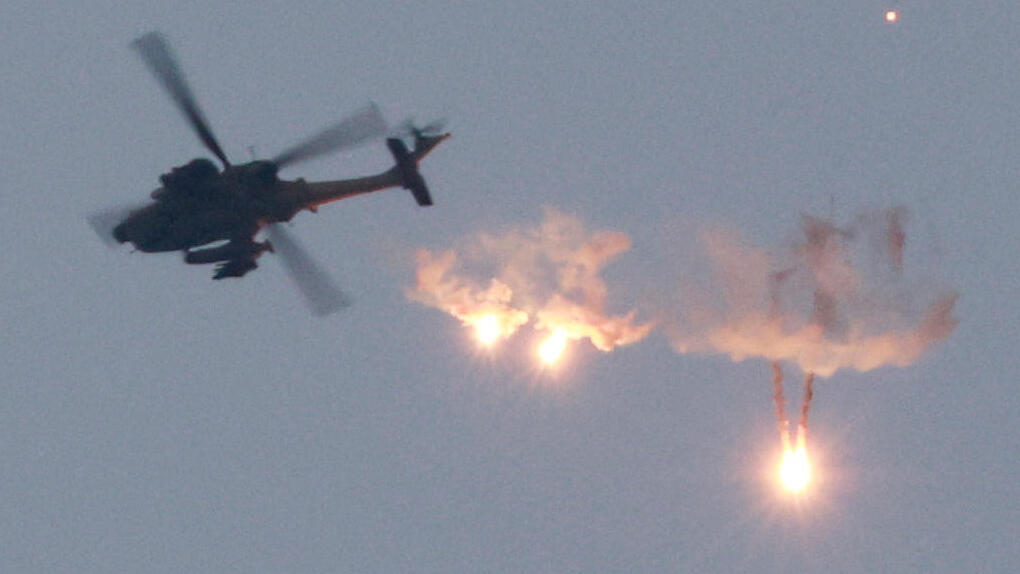The Israeli military has requested Apache attack helicopters from the United States but has been denied so far. The request was made to the Pentagon in recent weeks and was also raised by Defense Minister Yoav Gallant during his meetings with U.S. Defense Secretary Lloyd Austin during his visit to Israel last week. Security sources suggest that a final decision on the potential acquisition has not been made, and Jerusalem is continuing to apply pressure.
Quick Read
- Request for Apache Helicopters: The IDF requested Apache attack helicopters from the United States but has been denied so far.
- Recent Discussions: The request was discussed by Defense Minister Yoav Gallant with U.S. Defense Secretary Lloyd Austin during Gallant’s recent visit to Israel.
- Ongoing Negotiations: Despite the initial denial, discussions are ongoing, with Jerusalem continuing to apply pressure for the acquisition.
- Helicopters for Aerial Operations: The IDF aims to use the helicopters to enhance its operations in Gaza, against Hezbollah targets in South Lebanon, and for strikes in the West Bank.
- Current IDF Helicopter Squadrons: The IDF operates two helicopter squadrons with Boeing’s AH-64 Apaches, heavily involved in operations since the start of the war.
- High Workload and Pilot Recall: The workload on these squadrons is high, leading to the recall of retired pilots and those who had left Israel, even exceeding the usual age limit for combat flights.
- American Military Aid: The U.S. has significantly increased military aid to Israel since the war began, providing various weapons systems and equipment.
- Dependence on U.S. Aid: This aid has been crucial for the IDF to advance in the conflict and establish deterrence.
- Pressure Against War with Hezbollah: The U.S. maintains pressure on Israel to avoid escalating the conflict with Hezbollah in Lebanon, despite calls from Israeli officials for a preemptive strike.
- Naval Presence in the Region: The region has seen a significant American naval presence, including aircraft carrier strike groups.
- Israel’s Response to Pressure: Israel has, for now, complied with U.S. and French pressure, refraining from expanding the conflict to Lebanon.
Reuters has the story:
US denies Israel’s request for Apache attack helicopters
Newslooks- Reuters
The Israeli military has requested Apache attack helicopters from the United States but has been denied so far. The request was made to the Pentagon in recent weeks and was also raised by Defense Minister Yoav Gallant during his meetings with U.S. Defense Secretary Lloyd Austin during his visit to Israel last week. Security sources suggest that a final decision on the potential acquisition has not been made, and Jerusalem is continuing to apply pressure.

Sources say final word not said on potential acquisition, and talks ongoing after Gallant raised matter with Austin in meeting last week.
The military has stated that the helicopters are required to enhance its aerial operations. The IDF has deployed its existing Apache attack helicopters in Gaza, for operations against Hezbollah targets in South Lebanon and strikes on terrorist targets in the West Bank.
The IDF has only two helicopter flight squadrons, operating Boeing’s AH-64 Apache 190 and 113. These squadrons have been conducting round-the-clock operations in Gaza since the beginning of the war. They are stationed at the Ramon airfield in the south, with a branch in the Jezreel Valley in the north. Choppers from the northern branch were deployed to the Gaza border on October 7.
The workload on the two squadrons has been extremely high. Air Force Commander Brigadier General Tomar Bar was requested to recall retired pilots aged 54-55 to return to active duty, even though they exceeded the accepted age limit for combat flights, which is 51. Older pilots aged 55-60 were also called up to fill operational positions on the ground.

Pilots who had previously left Israel to pursue careers abroad also returned when the war began, primarily from the U.S. or the Far East. After completing refresher courses, they were assigned to fly missions.
To alleviate the burden on reservists, their families and the economy, the Air Force implemented a schedule that required them to conduct missions several days a week. This resulted in active-duty pilots flying more hours, with some sorties lasting 3 to 4 hours continuously without leaving their cockpits.
American military aid provided since the outbreak of the war exploded to the highest level since the 1973 War. It includes planes, ships, thousands of weapon systems and munitions like tank shells, specialized aircraft bombs, drones, night vision gear, radars and even armored vehicles and ambulances. These supplies have been distributed to units engaged on all fronts, including the West Bank, effectively meeting military demands.

These supplies have been sourced from U.S. depots in the Middle East. Without this aid, the IDF would have faced challenges in advancing in the conflict and achieving one of its objectives, which is to establish deterrence.
Meanwhile, the U.S. has maintained pressure on Israel to avoid an all-out war with Hezbollah forces in Lebanon. This pressure persisted even as efforts were made to remove terrorists from the border area with Israel. The region also saw a significant American naval presence, including aircraft carrier strike groups.
Israel has, for now, yielded to this pressure from both Washington and France, refraining from expanding the conflict to the north. This decision comes despite Defense Minister Gallant’s calls for a preemptive strike on Hezbollah, seen as the primary threat to Israel’s security.







